Our past is fascinating, revealing how people lived and evolved thousands of years ago. Despite advancements in civilization, human nature remains similar. Recently, a 3,200-year-old Egyptian tablet was unearthed, showing that making excuses to miss work is an ancient tradition. According to My Modern Met, calling in sick dates back centuries.
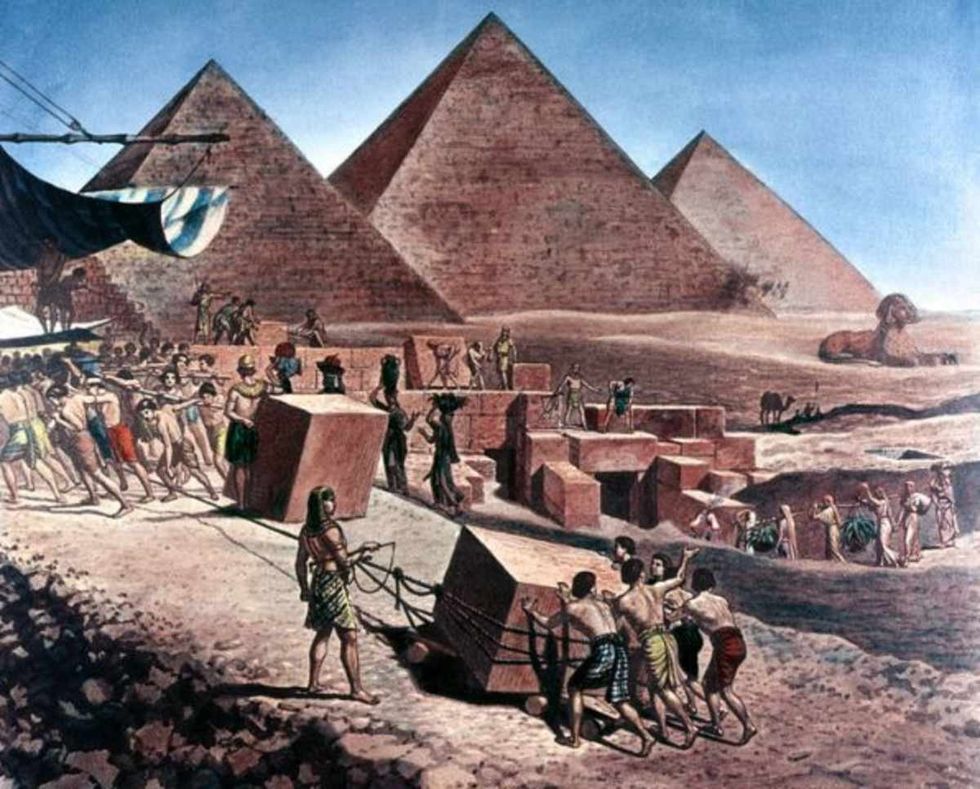
Currently held by The British Museum, the ancient tablet dates back to 1250 BCE and was excavated from Deir el-Medina, Egypt. It shows how Egyptian employers recorded their employees' leaves. Unlike today's digital logs, ancient Egyptians used limestone tablets, known as ostraca.
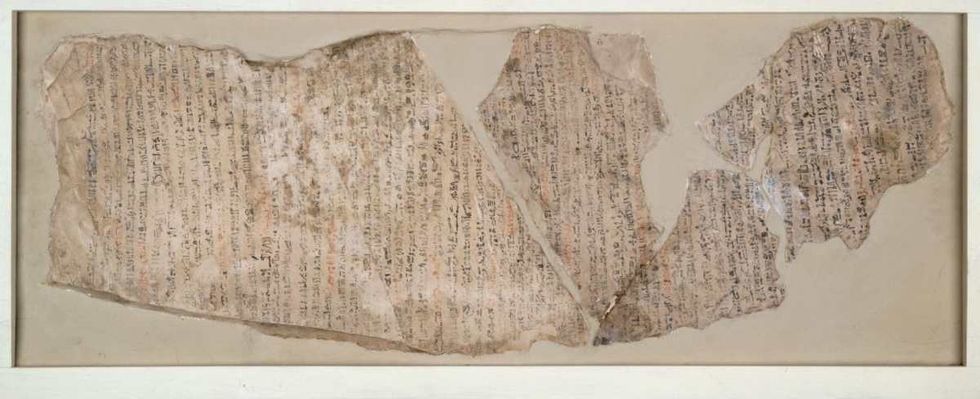
This particular unearthed ostracon belongs to the Nineteenth Dynasty of Egypt, also known as the Ramessid dynasty. Dating back to the 'Year 40 of the reign of Ramesses II,' this tablet is a workmen's register for 280 days of that year. It holds the record of forty employees in New Egyptian hieratic script written in red and black ink. The 38.50 x 33 cm tablet counts the day any employee missed work, with a separate space for the reason. The days are marked by season and the number of the day, for example, “month 1 of Spring, day 14.”
The well-maintained record of leaves extends with twenty-four lines in the front and twenty-four on the back. While some reasons for not showing up to work were ordinary, others might sound bizarre to our modern ears. One reason we may find weird but was pretty common in ancient Egypt was "brewing beer." The ostracon noted more than ten workers who took leave for brewing beer. One of the workers, Manninakhtef Huy, took three leaves to brew beer on month 1 of Winter, day 17, day 18, and month 2 of Winter, day 17.
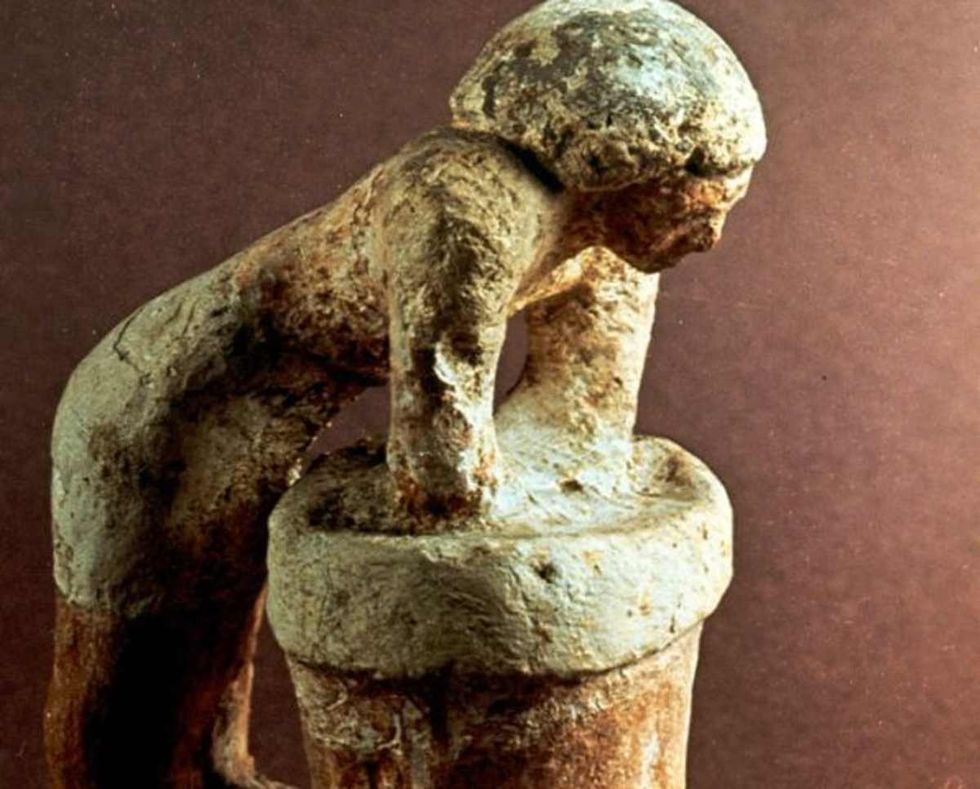
Other reasons mentioned for taking leaves ranged from being ill to the death of a loved one. One worker, Aapehti, took around 11 leaves for being ill. On month 4 of Spring, day 17, a worker named Seba took a leave as he was stung by a scorpion. The ostracon recorded around four workers who took time off to embalm and wrap their deceased relatives. Apart from that, some workers took leave for eye suffering and some took a day off for "offering to the god."
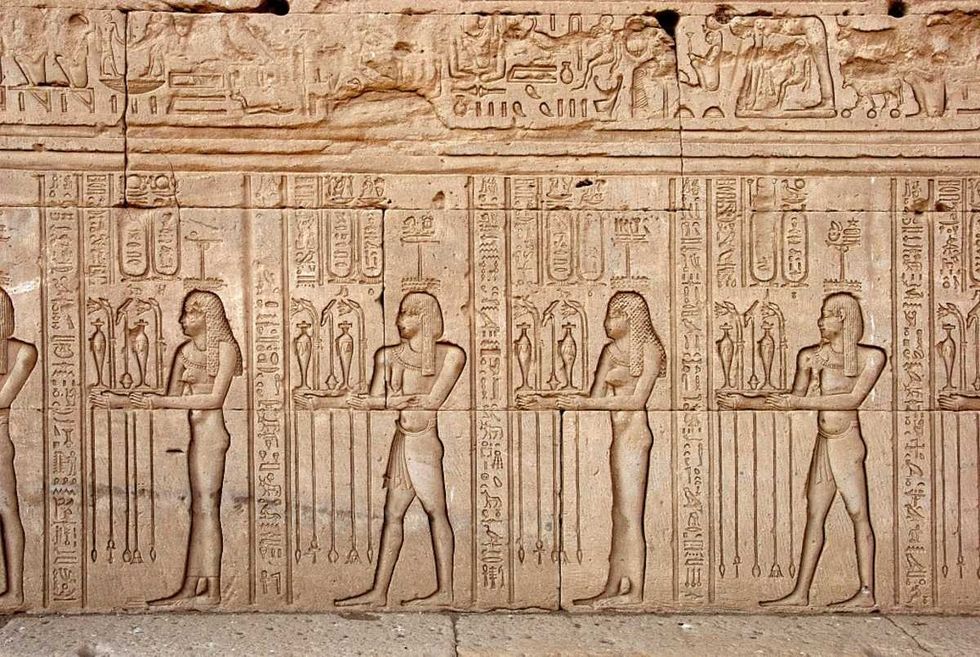
One interesting reason some workers took leave was their wives or daughters were "bleeding" — referring to menstruation. Inhurkhawy took a leave on month 4 of Spring, day 17, as his wife was bleeding, whereas, Neferabu took a leave on month 4 of Spring, day 15 because his daughter was bleeding. While menstrual leaves aren't a norm even now, ancient Egyptians were open to taking leave on the day a female member of their family was bleeding to help with the household chores.
Editor's note: This article was originally published on May 24, 2024. It has since been updated.


















 Pictured: The newspaper ad announcing Taco Bell's purchase of the Liberty Bell.Photo credit: @lateralus1665
Pictured: The newspaper ad announcing Taco Bell's purchase of the Liberty Bell.Photo credit: @lateralus1665 One of the later announcements of the fake "Washing of the Lions" events.Photo credit: Wikimedia Commons
One of the later announcements of the fake "Washing of the Lions" events.Photo credit: Wikimedia Commons This prank went a little too far...Photo credit: Canva
This prank went a little too far...Photo credit: Canva The smoky prank that was confused for an actual volcanic eruption.Photo credit: Harold Wahlman
The smoky prank that was confused for an actual volcanic eruption.Photo credit: Harold Wahlman
 Packhorse librarians ready to start delivering books.
Packhorse librarians ready to start delivering books. Pack Horse Library Project - Wikipedia
Pack Horse Library Project - Wikipedia Packhorse librarian reading to a man.
Packhorse librarian reading to a man.
 Fichier:Uxbridge Center, 1839.png — Wikipédia
Fichier:Uxbridge Center, 1839.png — Wikipédia File:Women's Political Union of New Jersey.jpg - Wikimedia Commons
File:Women's Political Union of New Jersey.jpg - Wikimedia Commons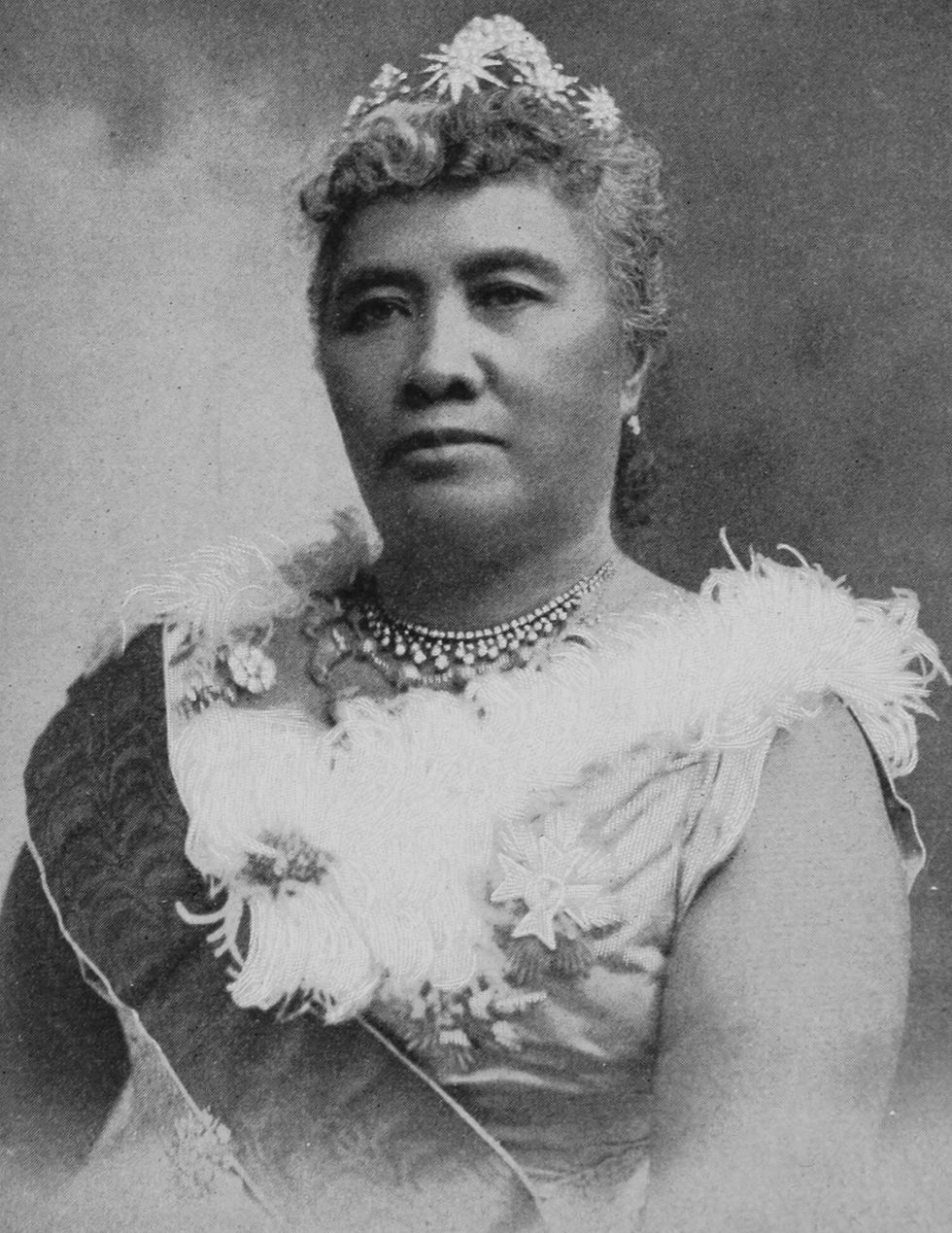 File:Liliuokalani, photograph by Prince, of Washington (cropped ...
File:Liliuokalani, photograph by Prince, of Washington (cropped ...
 Theresa Malkiel
commons.wikimedia.org
Theresa Malkiel
commons.wikimedia.org
 Six Shirtwaist Strike women in 1909
Six Shirtwaist Strike women in 1909
 U.S. First Lady Jackie Kennedy arriving in Palm Beach | Flickr
U.S. First Lady Jackie Kennedy arriving in Palm Beach | Flickr
 Image Source:
Image Source:  Image Source:
Image Source: 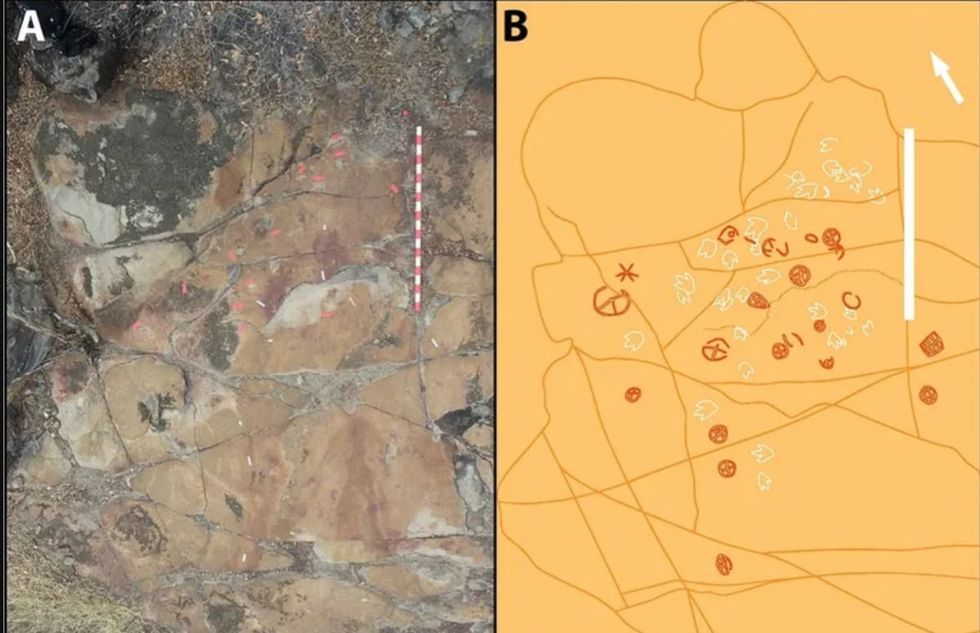 Image Source:
Image Source: 